Climate science
-
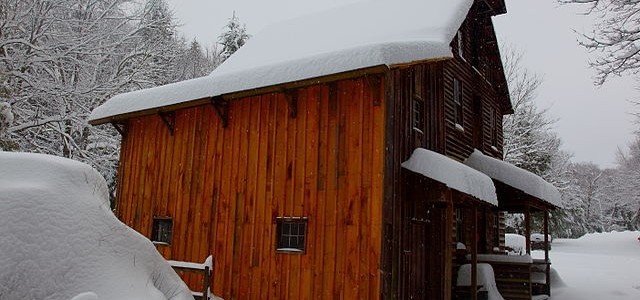
I am at home today enjoying a snow day, and thought you might enjoy this post from colleague Dr. Marshall Shepherd of UGA on four interesting things about snow from his blog at Forbes.com. I knew there was snow on the ground when I woke up at 2 am because the light was different than…
Posted in: Climate science -
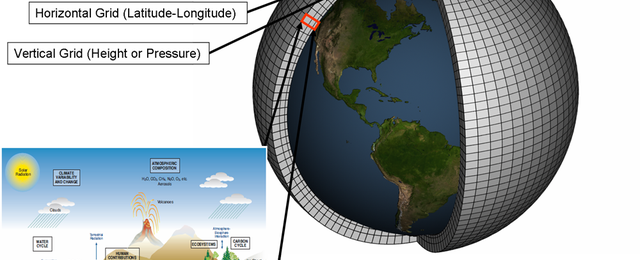
If you are interested in learning more about how climate models work, you can check out this fairly long and detailed explanation from Carbon Brief at https://www.carbonbrief.org/qa-how-do-climate-models-work. In many ways the climate models are similar to weather forecast models except that weather forecast models are designed to work really fast (to get the forecasts out on…
Posted in: Climate science -
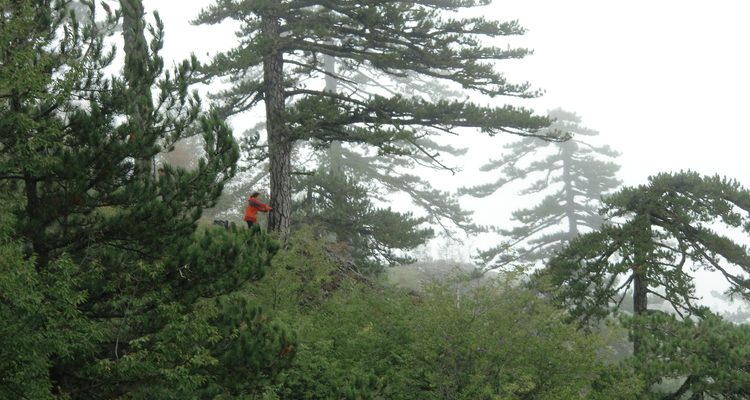
Here’s an interesting story about a group led by University of Arizona scientists studying jet stream position using tree ring analysis. By looking at the density of wood produced late in the growing season, the scientists were able to produce a long history of high-summer jet stream locations dating back to 1725. This time series…
-

Here’s an interesting statistic from Brad Panovich, meteorologist, on Twitter and Facebook: The last two weeks, from December 25 through January 7, have been the coldest on record for many locations in the Southeast. The ranking map from the Southeast Regional Climate Center shows how widespread the #1 rankings are across the region. You can…
-
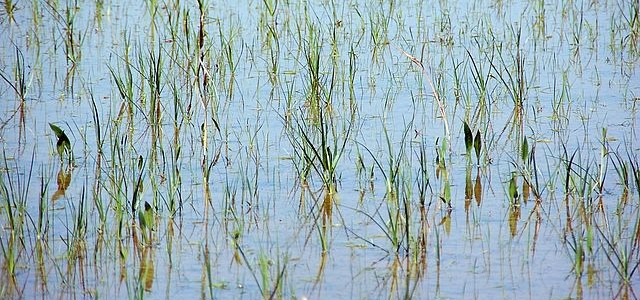
Over the last few years, atmospheric methane has increased at a high rate. Methane is a potent greenhouse gas, much more powerful than carbon dioxide, so attempts to understand where it is coming from can help us work on solutions that fight the increase in warming that results from increases in methane. This article in…
-

While I don’t expect to see snowflakes today, other parts of the Southeast are currently experiencing wintry weather including snow and freezing rain. Here is an interesting story from EarthSky on how snowflakes get their shapes. There’s a lot more variety than you might think besides the fluffy dendrites we see in Christmas cards! Read it…
-
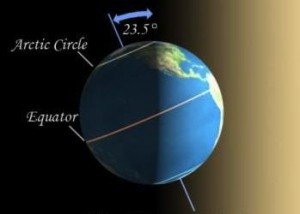
Thursday, December 21, is the date of this year’s winter solstice, the shortest day of the year in the Northern Hemisphere. You can read more about it at EarthSky at https://earthsky.org/tonight/years-shortest-season-starts-with-december-solstice. They also have an interesting article describing the difference in sunlight hours at St. Augustine FL and New York City NY at https://earthsky.org/astronomy-essentials/solstice-tale-of-two-cities.